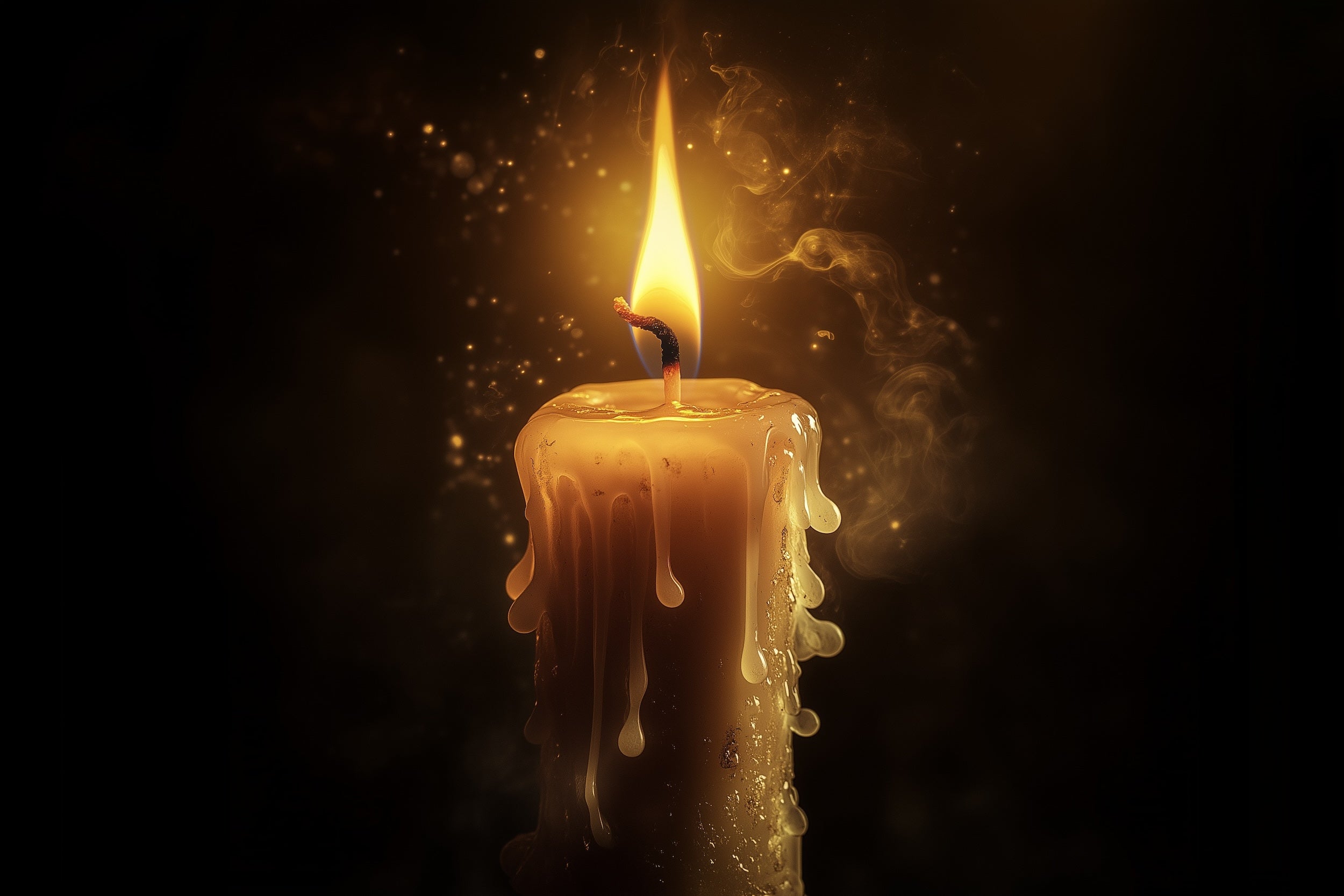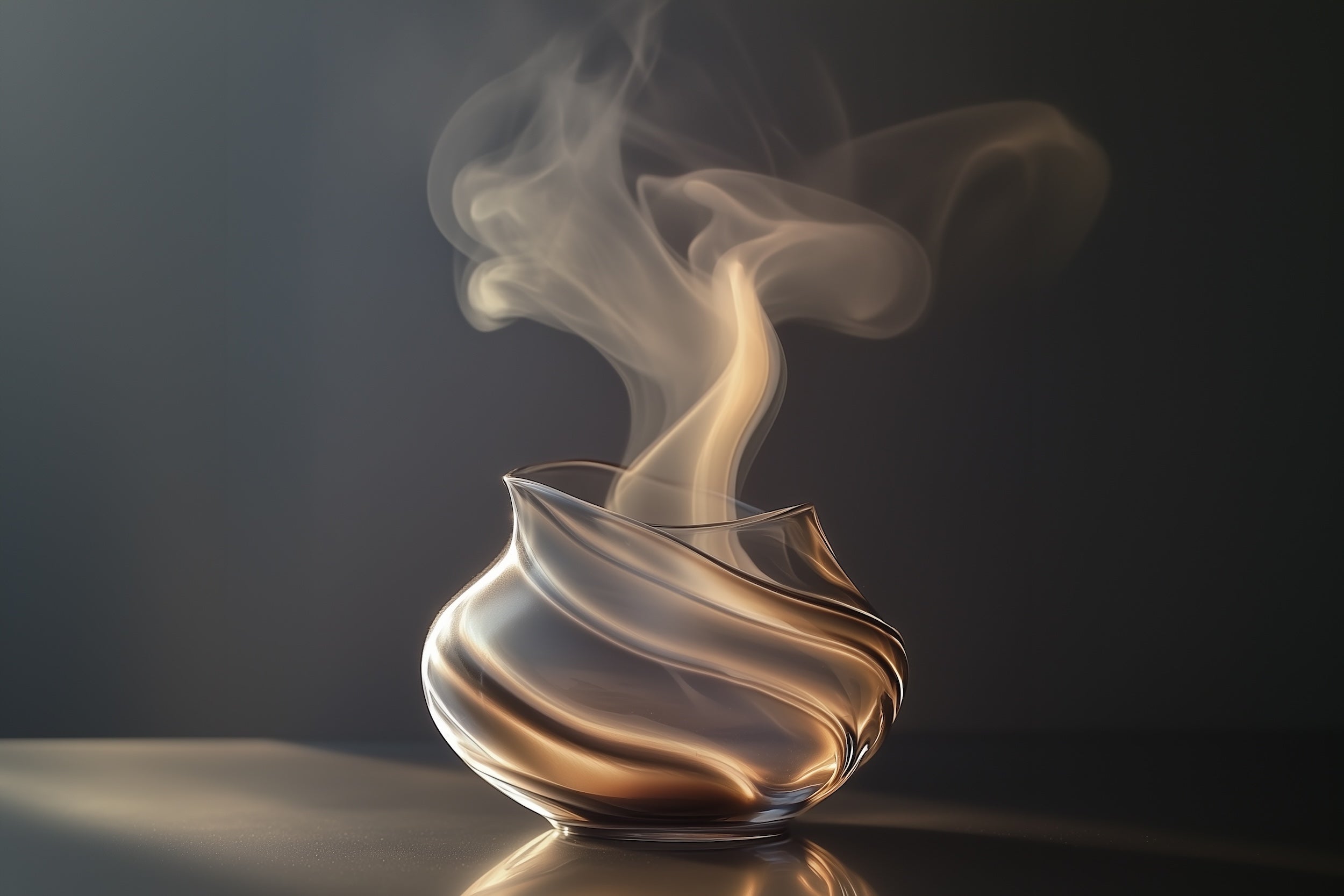
Illuminating History: The Journey of Candle Making Through Time
Candles have illuminated human lives for centuries, serving as sources of light, warmth, and solace. The journey of candle making, from its ancient origins to modern luxury creations, is a captivating narrative that spans cultures, civilisations, and epochs. Let's delve into the evolution of candle making, tracing its roots and uncovering the secrets behind this ancient craft.
Ancient Origins:
The genesis of candle making with wicks can be traced back to ancient civilisations, with the ancient Romans often credited as pioneers in this art. They crafted the earliest candles by repeatedly dipping rolled papyrus in tallow or beeswax, employing them for domestic use, travel, and religious rituals. While the Romans are renowned for their candle-making prowess, evidence suggests that ancient Egyptians, Japanese, and Chinese also fashioned wicked candles. In Egypt, wicked candles date back to as early as 3000 B.C., while the Chinese utilised rice paper for wicks and wax sourced from insects and seeds. Similarly, ancient Japanese utilised tree nuts for wax, and Indians extracted wax from the fruit of the cinnamon tree.
Medieval Innovations:
During the Middle Ages in Europe, candle making underwent significant advancements. Beeswax emerged as a prized material for candle production due to its brighter and cleaner burn compared to animal fat. However, beeswax candles were costly and predominantly reserved for religious ceremonies and affluent households. Tallow candles, derived from animal fat, remained the predominant lighting source for the general populace.
Industrial Revolution:
The 19th century witnessed a transformative phase in candle making with the onset of mechanisation and mass production. The invention of stearin candles, crafted from stearic acid obtained from animal fats or vegetable oils, revolutionised the industry by yielding candles with prolonged and more uniform burning properties compared to traditional tallow candles. Furthermore, the introduction of paraffin wax, a byproduct of petroleum refining, marked another milestone, making candles more economical and accessible to the masses.
Modern Advancements:
In contemporary times, candle making has undergone a renaissance, propelled by technological progress and a renewed emphasis on sustainability and artistry. Artisan candle makers have embraced natural wax alternatives such as soy, coconut, and rapeseed, along with oils and botanical extracts. These materials not only uphold eco-friendliness but also elevate the sensory experience beyond conventional candle crafting.
The Future Outlook:
Looking ahead, the horizon of candle making appears boundless. Innovations range from pioneering fragrance combinations to personalised scent options, demonstrating the adaptability of this age-old craft to meet evolving consumer demands and preferences.
In summary, the evolution of candle making stands as a testament to human creativity, adaptability, and enduring spirit. From antiquity to the present day, candles have symbolised warmth, illumination, and optimism, brightening our lives during moments of darkness and adding warmth to our dwellings.
So, the next time you ignite a candle, take a pause to contemplate the rich heritage and timeless allure of this ancient art form—an art form that continues to captivate and inspire us in our contemporary world.

